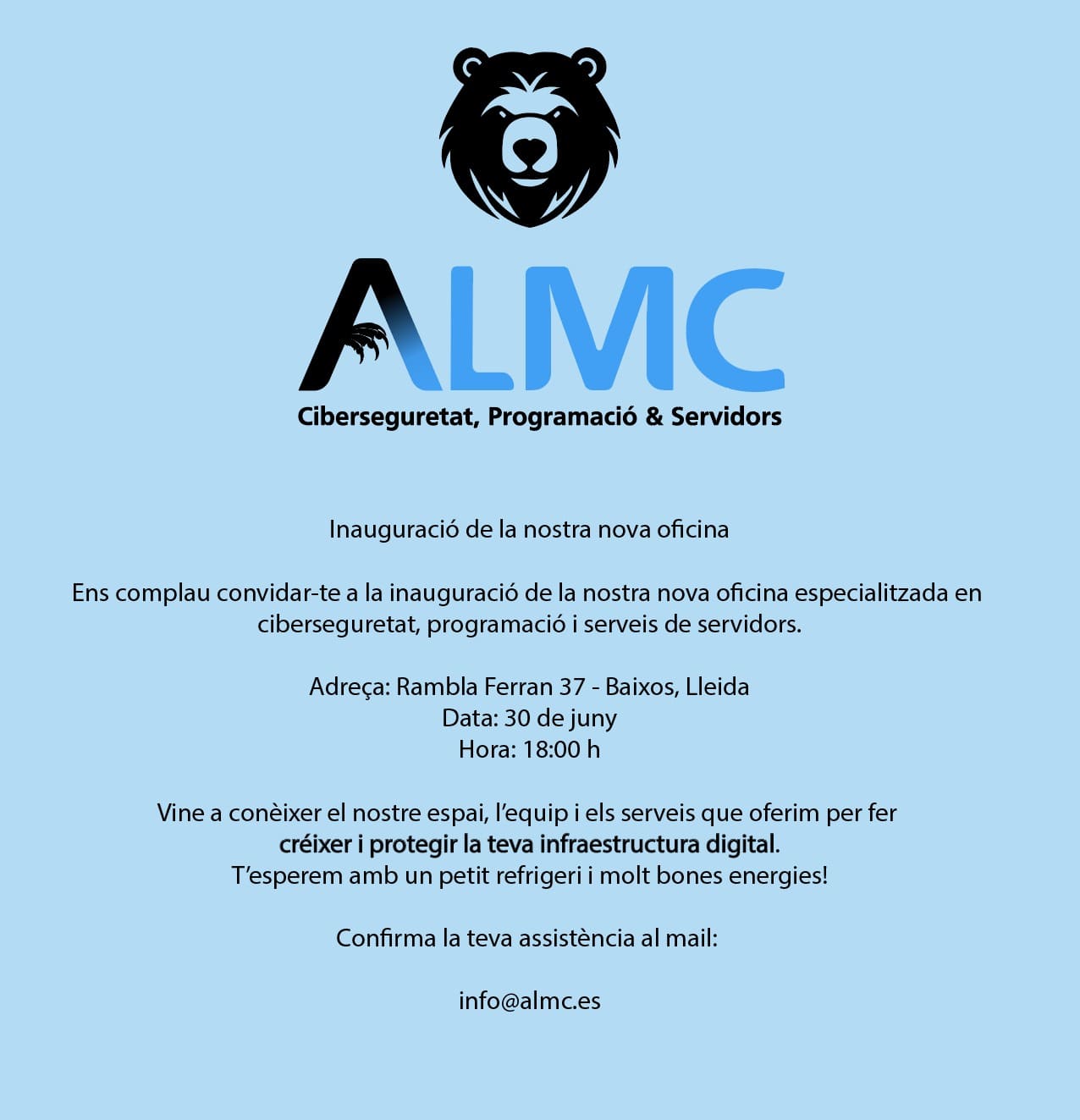Clappia MCP (Model Context Protocol)
A Python-based MCP server that provides a comprehensive interface for interacting with the Clappia platform. This server enables programmatic management of Clappia applications, forms, submissions, and more.
Clappia is a no-code platform that allows businesses, operations teams, and non-developers to create custom apps—like inspection forms, approval workflows, field data collection tools, internal dashboards, and more—without writing a single line of code. It's used across industries for automating manual processes, digitizing paperwork, and improving operational efficiency. Click here to learn more.
Features
App Management
Create new Clappia apps with customizable sections and fields
Retrieve detailed app definitions with field metadata
Submission Management
- Create new submissions with field data
- Edit existing submissions with validation
- Update submission status with optional comments
- Manage submission owners with email-based assignments
- Retrieve submissions with advanced filtering and pagination
- Get submission aggregations for analytics with customizable dimensions
Field Management
- Add new fields with comprehensive configuration options
- Update field properties including validation, display conditions, and layout
- Configure field validations (number, email, URL, custom)
- Set up conditional logic for field display and editability
- Manage field layouts with responsive design options
Prerequisites
- Python 3.8 or higher
- uv python package manager
- Access to Clappia API Key and Workplace ID
- Claude for Desktop (or any other MCP Clients)
Installation
Set up Clappia API Access:
- Visit your Workplace in Clappia (https://<your_workplace>.clappia.com), you need to have Workplace Manager Access to this Workplace.
- Visit Workplace Settings. Note your Workplace ID.
- Visit Workplace Settings -> Preferences -> API Keys. Note your API Key, generate one if it is not yet generated.
Set up Claude for Desktop:
- Download Claude for Desktop for macOS or Windows
- Install and launch Claude for Desktop
- Open Claude menu → Settings → Developer → Edit Config
- Add the following configuration to
claude_desktop_config.json:{ "mcpServers": { "clappia-mcp": { "command": "uv", "args": [ "--directory", "/Users/<YOUR_DIECTORY>/Desktop/clappia-mcp", "run", "clappia-mcp.py" ], "env": { "CLAPPIA_API_KEY": "<ENTER_YOUR_WORKPLACE_API_KEY_HERE>", "CLAPPIA_WORKPLACE_ID": "<ENTER_YOUR_WORKPLACE_ID_HERE>" } } } } - Restart Claude for Desktop
- Verify the MCP server is running by checking for the tools icon in the input box
Clone the repository:
git clone https://github.com/clappia-dev/clappia-mcp.git cd clappia-mcpSet up Python Environment:
# Install uv if not already installed curl -LsSf https://astral.sh/uv/install.sh | sh # Install dependencies uv sync
Project Structure
clappia-mcp/
├── clappia-mcp.py # Main MCP server implementation
├── tools/ # Core functionality modules
│ ├── add_field.py # Field addition functionality
│ ├── create_app.py # App creation functionality
│ ├── create_submission.py # Submission creation
│ ├── edit_submission.py # Submission editing
│ ├── get_definition.py # App definition retrieval
│ ├── get_submissions.py # Submission retrieval
│ ├── get_submissions_aggregation.py # Analytics functionality
│ ├── update_field.py # Field update functionality
│ ├── update_submission_owners.py # Owner management
│ └── update_submission_status.py # Status management
├── pyproject.toml # Project metadata and dependencies
├── uv.lock # Dependency lock file (if using uv)
└── .env # Environment variables
Usage
- The server will automatically start when Claude Desktop launches
- Access tools through the Claude Desktop interface
Troubleshooting
Server Not Starting:
- Check Claude Desktop logs for errors
- Verify Python environment is activated
- Ensure all dependencies are installed
- Check environment variables are set correctly
API Connection Issues:
- Verify API credentials in
claude_desktop_config.jsonfile - Check network connectivity
- Review API rate limits
- Verify API credentials in
Tool Execution Failures:
- Check server logs for detailed error messages
- Verify input parameters match API requirements
- Ensure proper permissions for API operations
Example API Calls
Create a New Application
from tools.create_app import create_app, Section, Field result = create_app( app_name="Employee Survey", requesting_user_email_address="user@company.com", sections=[ Section( sectionName="Personal Information", fields=[ Field( fieldType="singleLineText", label="Full Name", required=True ) ] ) ] )Add a Field to an Application
from tools.add_field import add_field_to_app result = add_field_to_app( app_id="APP123", requesting_user_email_address="user@company.com", section_index=0, field_index=1, field_type="singleLineText", label="Employee ID", required=True, validation="number", block_width_percentage_desktop=50, block_width_percentage_mobile=100 )Update a Field
from tools.update_field import update_field_in_app result = update_field_in_app( app_id="APP123", requesting_user_email_address="user@company.com", field_name="employeeName", label="Full Employee Name", required=True, validation="none", display_condition="status == 'active'" )Create a Submission
from tools.create_submission import create_app_submission result = create_app_submission( app_id="APP123", data={"employeeName": "John Doe", "employeeId": "12345"}, email="user@company.com" )Get Submissions with Filtering
from tools.get_submissions import get_app_submissions, Filters, QueryGroup, Query, Condition filters = Filters(queries=[ QueryGroup(queries=[ Query( conditions=[ Condition( operator="EQ", filterKeyType="STANDARD", key="status", value="active" ) ], operator="AND" ) ]) ]) result = get_app_submissions( app_id="APP123", requesting_user_email_address="user@company.com", page_size=10, filters=filters )
API Documentation
Field Types
Text Fields
singleLineText: Single line text inputmultiLineText: Multi-line text inputrichTextEditor: Rich text editor with formatting
Selector Fields
singleSelector: Single choice selectionmultiSelector: Multiple choice selectiondropDown: Dropdown selection
Date/Time Fields
dateSelector: Date selectiontimeSelector: Time selectiondateTime: Combined date and time selection
File Fields
file: File upload with configurable typescamera: Direct camera capturesignature: Digital signature capture
Advanced Fields
calculationsAndLogic: Formula-based calculationsgpsLocation: Location trackingcodeScanner: Barcode/QR code scanningnfcReader: NFC tag readingliveTracking: Real-time location trackingaddress: Address input with validation
Validation Types
none: No validationnumber: Numeric validationemail: Email format validationurl: URL format validationcustom: Custom validation rules
Field Properties
Layout
block_width_percentage_desktop: Width on desktop (25, 50, 75, 100)block_width_percentage_mobile: Width on mobile (50, 100)number_of_cols: Number of columns for selector fields
Behavior
required: Whether field is mandatoryis_editable: Whether field can be editedhidden: Whether field is hiddenretain_values: Whether to retain values when hidden
Conditions
display_condition: Condition for field visibilityeditability_condition: Condition for field editability
File Settings
allowed_file_types: List of allowed file typesmax_file_allowed: Maximum files allowed (1-10)image_quality: Image quality (low, medium, high)file_name_prefix: Prefix for uploaded files
Error Handling
The server implements comprehensive error handling for:
- Invalid API credentials
- Network connectivity issues
- Invalid input parameters
- API rate limiting
- Server errors
All errors are logged with appropriate context for debugging.
Security
- API keys are stored in environment variables
- All API calls are made over HTTPS
- Input validation is implemented for all parameters
- Rate limiting is supported
- Error messages are sanitized
Performance Considerations
- Connection pooling for API requests
- Efficient payload construction
- Proper resource cleanup
- Logging optimization
- Error handling optimization
Support
For support, please:
- Check the documentation
- Review existing issues
- Create a new issue if needed
License
This project is licensed under the MIT License - see the LICENSE file for details.
API Integration
Clappia Public API
The MCP server integrates with Clappia's public API to provide the following capabilities:
Authentication:
- API key-based authentication
- Secure credential management
- Rate limiting support
Endpoints:
- Application management
- Form submissions
- Field operations
- User management
- Analytics and reporting
API Documentation:
- Visit Clappia Developer Portal for:
- API reference
- Authentication guide
- Rate limits
- Best practices
- Example implementations
- Visit Clappia Developer Portal for:
API Versioning:
- Current stable version: v1
- Backward compatibility maintained
- Deprecation notices provided




